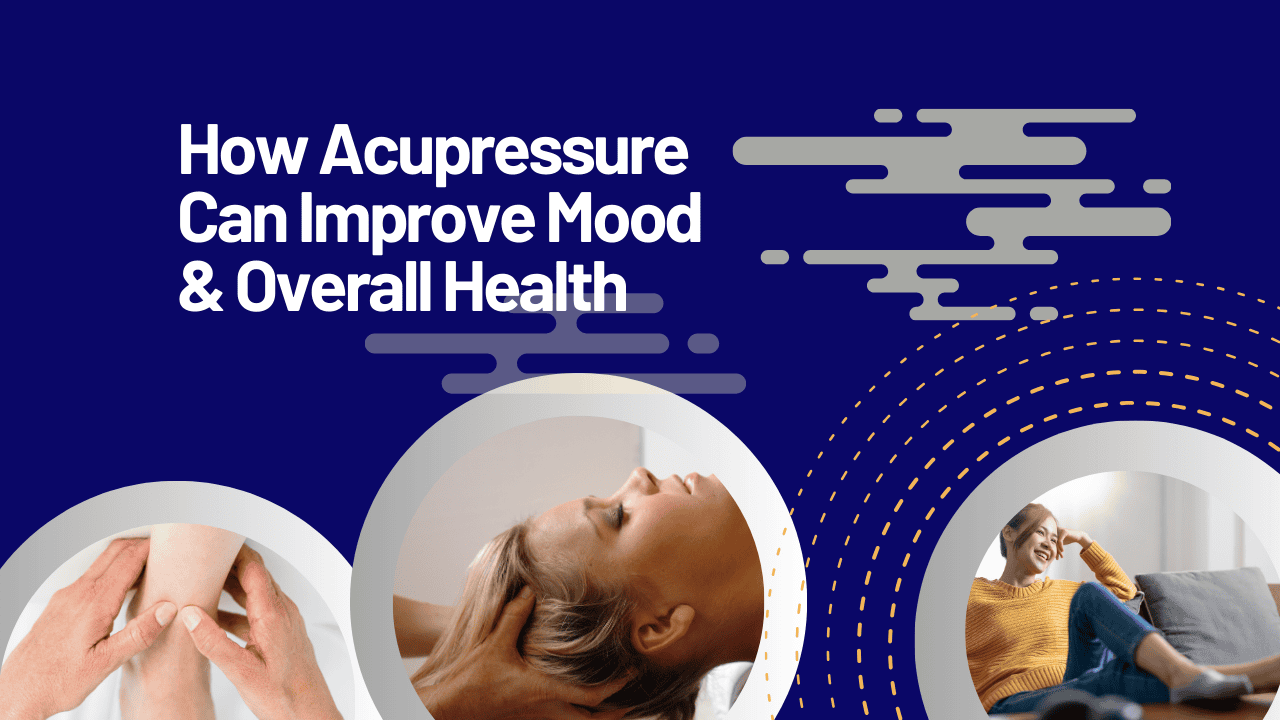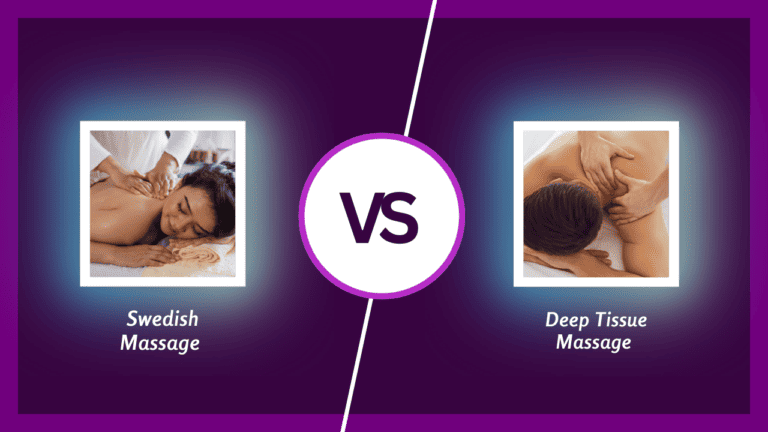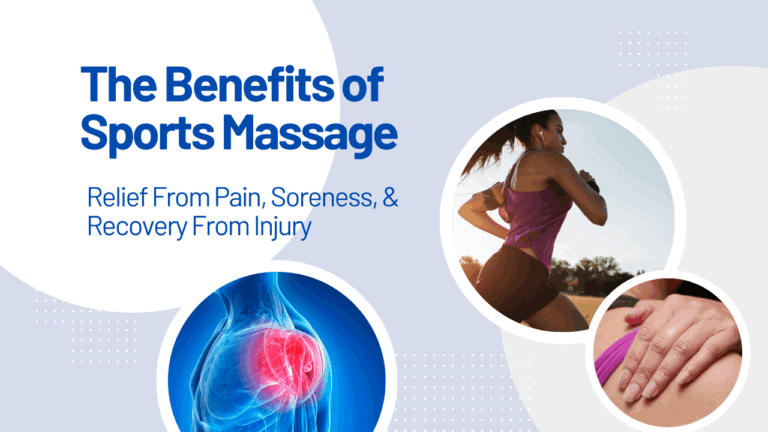How Acupressure Massage Can Improve Your Mood & Health
Let’s Dig In To How Acupressure Massage Techniques Support Stress Relief, Recovery & Total Wellness
Stress, fatigue, and discomfort often feel like part of modern life. But what if relief could come from something simple, natural, and backed by thousands of years of healing tradition?
That’s where acupressure massage comes in. Rooted in Traditional Chinese Medicine (TCM), this technique uses focused pressure on specific points across the body to restore balance, reduce stress, and promote whole-body wellness.
Unlike treatments that only mask symptoms, acupressure works with your body’s own healing systems that can help you feel calmer and more energized.
What Is Acupressure Massage?
Acupressure massage is a therapeutic technique that applies firm, gentle pressure to specific spots on the body called Acupoints. These points lie along energy pathways, or Meridians, which TCM describes as the body’s internal network of life energy, or Qi.
You’ve very likely heard of Qi as “Chee”.
Acupressure vs. Acupuncture
Both work on the same points, but acupuncture uses needles while acupressure relies on hands with the perfect finger & thumb pressure with possible use of massage tools.
The Science Behind Acupressure
Simply put, acupressure may stimulate the nervous system which can help release endorphins, serotonin, & nitric oxide. These chemicals can have a pain relieving effect as well as improving blood circulation.
How Acupressure Massage Supports Stress Relief and Healing
Acupressure massage has gained recognition as more than just an “ancient ritual.” Its effects are well-documented:
Key Acupressure Points for Stress Relief & Wellness
Here are some of the most commonly used and effective acupoints
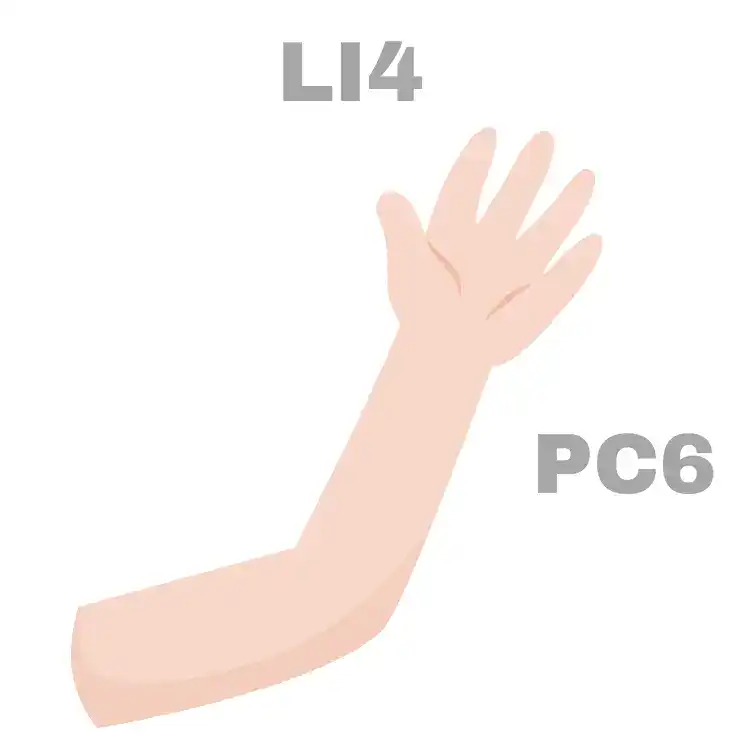
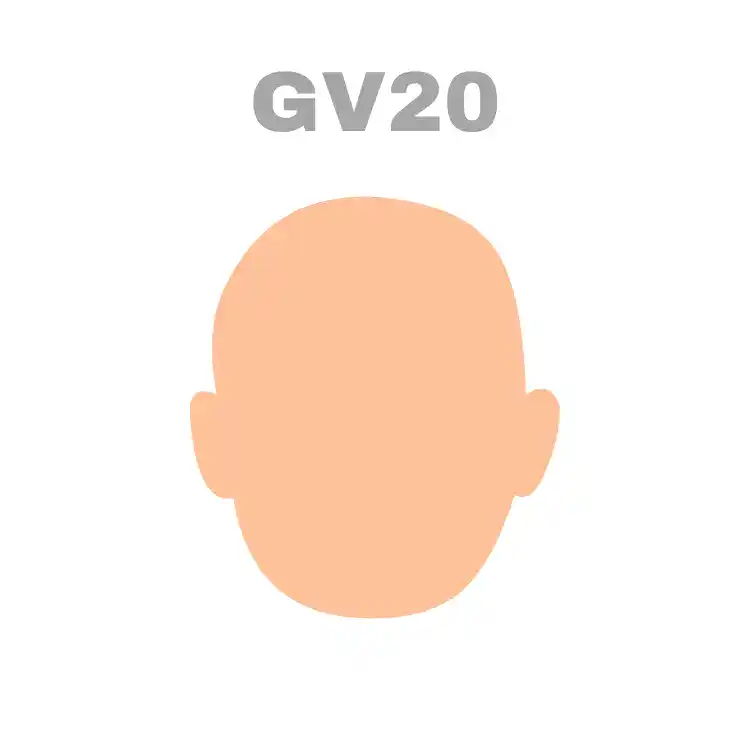
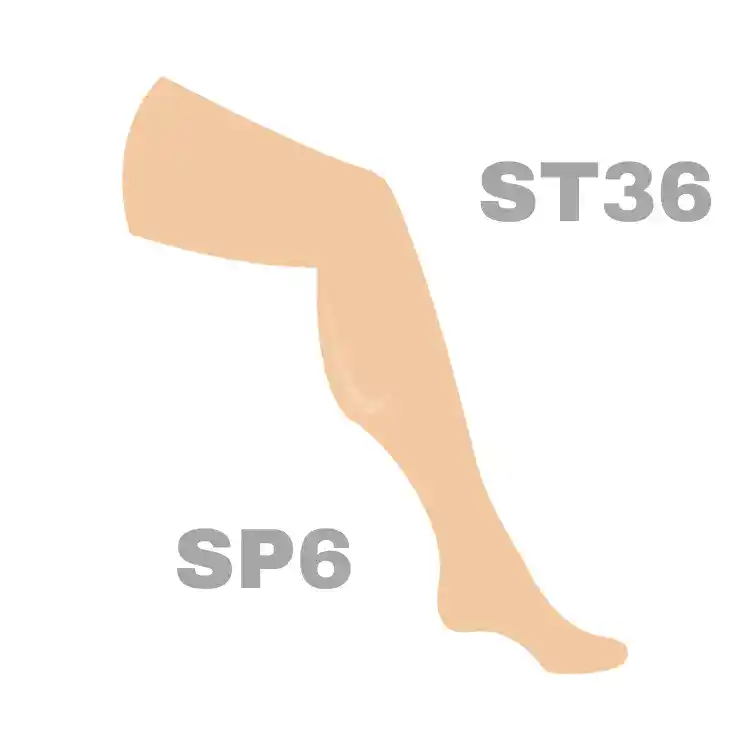
How to Perform Acupressure Massage at Home
One of the best things about acupressure massage is how accessible it is. You can start right at home!
Acupressure vs. Other Massage Techniques
How does acupressure compare to other forms of massage?
Is Acupressure Massage Safe?
For most people & circumstances, yes. However, here’s some precautions to take and important points to note…
Making Acupressure Part of Your Wellness Routine
Acupressure massage works best when used consistently. For the best results, try this routine…
Some Other Common Questions About Acupressure
Is acupressure effective? What can it help with?
Research suggests acupressure may help manage nausea, headaches, insomnia, low back pain, and digestive issues by promoting circulation and modulating the nervous system. While evidence varies, certain points like PC6 (wrist) are backed by higher-quality studies for nausea relief.
Is acupressure safe for everyone?
Generally yes—but avoid pressure on broken or inflamed skin, and certain points (like LI4 and SP6) during pregnancy unless under professional guidance. Always consult your doctor if you have chronic conditions.
How long should pressure be applied to an acupoint?
Gently apply pressure for about 30 seconds to 2 minutes, releasing slowly. Repeat 3–5 times per point. Hold or rotate based on comfort and effectiveness.
When should I seek professional advice instead of self-care?
If you have chronic pain, pregnancy, medical conditions, or are unsure about technique or point location, it’s smart to check in with a certified acupressure therapist or healthcare provider. Remember, we’re happy to take your calls to answer any question you have!
Final Thoughts: Acupressure massage is a safe, natural, and empowering way to manage stress, reduce pain, and restore balance in your life.
Whether practiced at home, or with a professional therapist, it’s a tool that supports both body and mind. Take the time to explore it and see how this ancient practice can make modern living feel a little lighter, calmer, and healthier.

